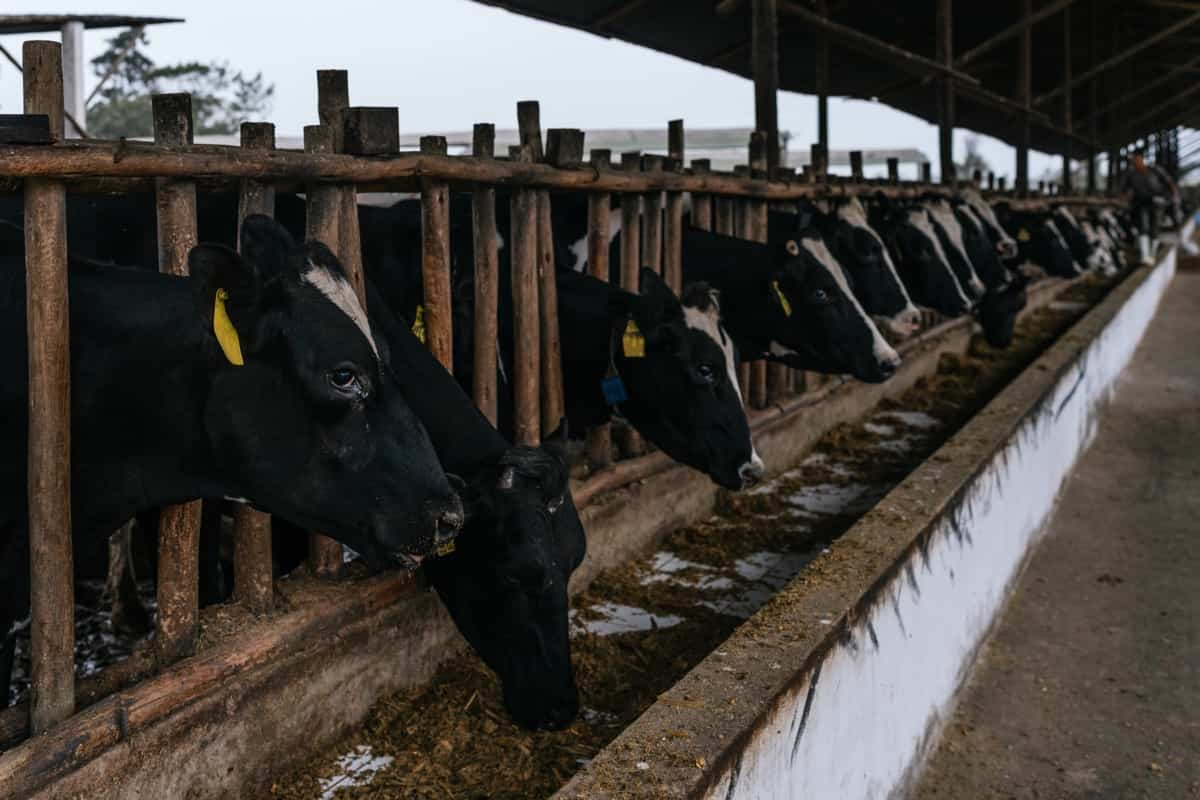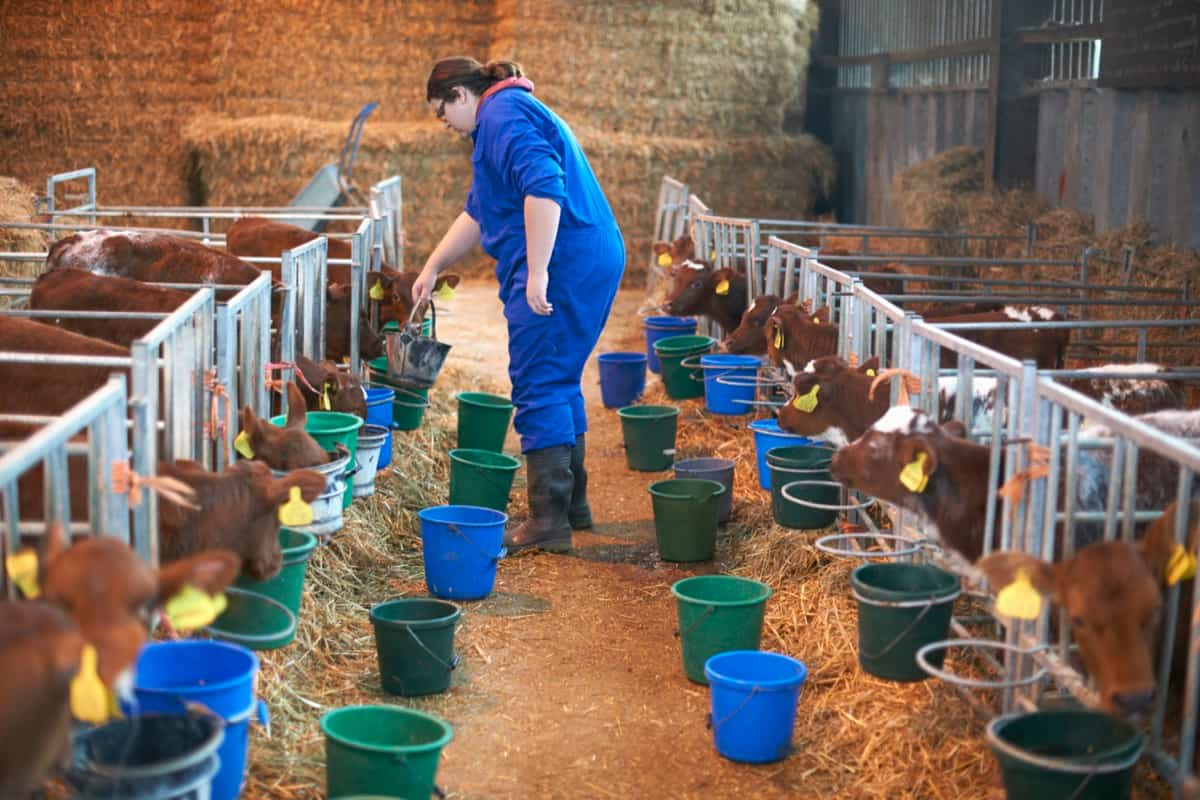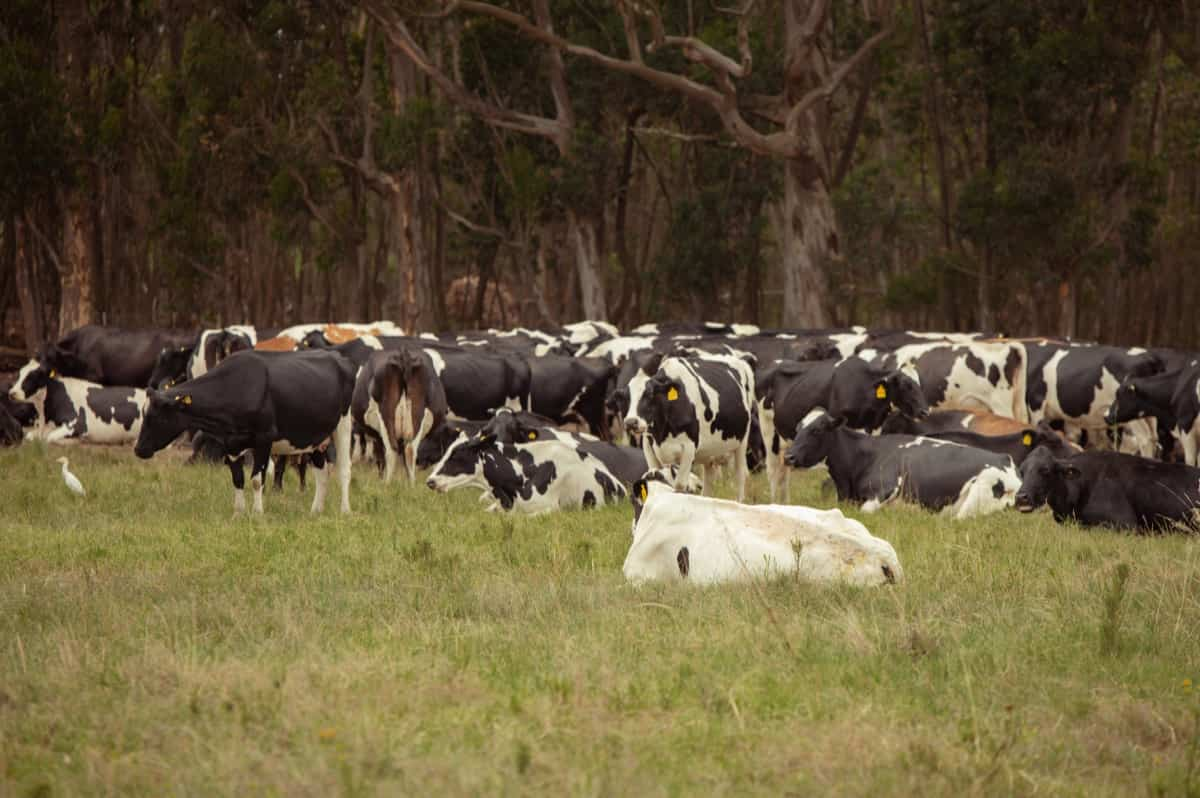Cattle farming in the United States is a thriving industry contributing significantly to the economy and food supply. With the increasing demand for beef and dairy products, now is a great time to consider starting a cattle farm. Below we learn about how to start a cattle farming business for beginners in the USA, including important factors to consider, cattle farming business plan, necessary preparations, and helpful tips to ensure success in this venture.

How to Start Cattle Farming in the USA
Research and Planning
Before you can begin cattle farming, it’s essential to research the industry and create a solid business plan. This includes understanding the various types of cattle farming, such as beef cattle, dairy cattle, or both, and the specific breeds best suited to your region and purpose. Additionally, consider the size of your operation, target market, and potential competitors.
Right Location
Selecting an appropriate location for your cattle farm is crucial to its success. Consider factors such as climate, soil quality, and availability of resources, including water and feed. Access to veterinary services and proximity to your target market are also important aspects to remember.
Securing Funding
Starting a cattle farm can be expensive, requiring significant land, infrastructure, livestock, and equipment investment. To secure funding, you can consider various options such as personal savings, bank loans, or grants from government agencies and private organizations. Prepare a detailed business plan and financial projections to showcase the potential profitability of your farm when applying for loans or grants.
Land and Infrastructure
After getting funds, buy property and build your cow farm. This includes fencing, gates, water sources, and animal shelter. When designing your facilities, consider the size of your operation, the type of cattle you will raise, and the region’s weather conditions.
Livestock and Equipment
Next, you will need to purchase cattle and equipment for your farm. Choosing healthy animals from reputable breeders is essential and ensures they are free from diseases. When selecting your cattle, consider factors such as breed, age, and purpose (beef or dairy). Additionally, you will need to acquire essential equipment, such as feeders, water troughs, and handling facilities.
Feed and Nutrition Management
Proper feed and nutrition management are critical to the health and productivity of your cattle. Develop a feeding plan that meets the nutritional needs of your livestock, considering factors like age, weight, and purpose. This may include a combination of grazing, hay, silage, and commercial feed. Ensure that your cattle have access to clean water at all times.
In case you missed it: Cattle Farming in the Philippines: Requirements, Business Plan, and Management

Health and Veterinary Care
Connect with a veterinarian in your area who has expertise caring for cattle. Regular veterinary check-ups and vaccinations are essential to maintain the health of your herd and prevent the spread of diseases. Promptly address any health issues that may arise to minimize losses and maintain productivity.
Breeding and Herd Management
A successful cattle farming operation requires a well-managed breeding program. This includes selecting quality breeding stock, monitoring the reproductive health of your animals, and maintaining accurate records of breeding activities. Implementing a proper herd management system will help you track the performance of individual animals and make informed decisions about culling or retaining animals.
Waste Management
To keep your farm clean and safe for workers and visitors, you must use effective waste management practises. Regularly clean animal pens and dispose of manure according to local regulations. Consider composting manure to create a valuable fertilizer for your pastures or crops.
Marketing and Sales
Develop a marketing plan to promote your cattle farm and its products. This can include online marketing, social media, local advertising, and participating in farmer’s markets or agricultural events. Establish relationships with potential buyers, such as restaurants, grocery stores, and meat processors, to create a reliable customer base. Additionally, consider diversifying your income by offering related products or services, such as breeding stock, hay, or agritourism opportunities.
Regulations and Compliance
Know local, state, and federal cow farming laws. This may include zoning laws, environmental regulations, animal welfare standards, and food safety requirements. Ensure your farm meets all necessary standards and acquires any required permits or licenses. Compliance with these regulations is crucial to the long-term success of your business.
Record Keeping and Financial Management
Accurate record-keeping is essential for the efficient operation of your cattle farm. Maintain detailed livestock records, including breeding, health, and productivity data. Additionally, track income and expenses to monitor the financial health of your business and make informed decisions about investments and expansions.
Developing a Biosecurity Plan
A comprehensive biosecurity plan is essential to protect your cattle from infectious diseases and minimize the risk of outbreaks. Key elements of a biosecurity plan include controlling access to your farm, isolating new or sick animals, regularly cleaning and disinfecting facilities, and providing proper training for farm workers. Monitor your herd closely for signs of illness and take immediate action if a health issue arises.
Implementing a Calf Rearing Program
A successful calf-rearing program is crucial for the long-term productivity of your cattle farm. Ensure that newborn calves receive adequate colostrum within the first hours of life to boost their immune system. Develop a nutrition plan that meets the growing needs of calves, including milk or milk replacer and high-quality starter feed. Provide a clean, dry, and well-ventilated environment for your calves, and monitor their health closely.
Pasture Management and Forage Production
Effective pasture management and forage production play a significant role in the success of your cattle farm. Implement rotational grazing systems to maximize forage utilization, prevent overgrazing, and promote regrowth. Periodically test your soil and apply the necessary nutrients and amendments to maintain soil fertility. Consider growing a variety of forage species to improve pasture quality and extend the grazing season.
In case you missed it: Cattle Farming in Kenya: Requirements, Business Plan, and Management

Conclusion
Starting a cattle farm in the USA is a complex and rewarding activity that requires careful planning, dedication, and ongoing effort. With persistence and hard work, your cattle farm can thrive and provide a valuable contribution to the American agricultural landscape.
- Feed Your Flock for Less: Top 10 Tips to Save on Chicken Feed
- Ultimate Guide to Ossabaw Island Hog: Breeding, Raising, Diet, and Care
- Hatching Answers: The Top 10 Reasons Your Chickens Aren’t Laying Eggs
- Eggs and Economics: Breaking Down the Cost of Raising Backyard Chickens
- Defend Your Greens: Proven Methods to Keep Iguanas Out of Your Garden
- Ultimate Guide to Cinnamon Queen Chicken: A Comprehensive Guide for Beginners
- Ultimate Guide to California Tan Chicken: Breeding, Raising, Diet, Egg-Production and Care
- Ultimate Guide to Marsh Daisy Chicken: Breeding, Raising, Diet, and Care
- 10 Types of Chicken Farming Businesses You Can Start for Profits